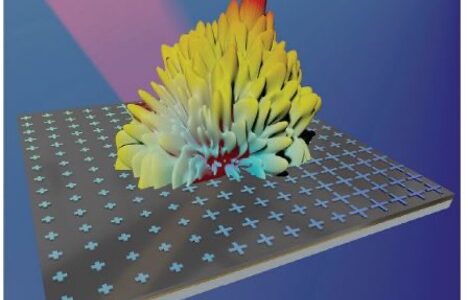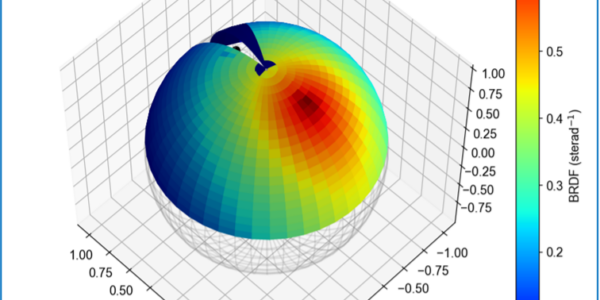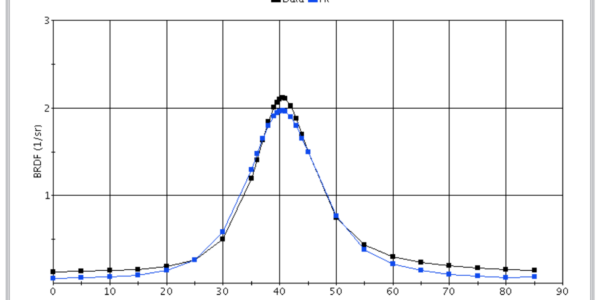Scatter, BSDF, BRDF and BTDF Measurement Services
Bidirectional reflectance measurement capabilities span the range from 0.3 μm to beyond 14 μm with a full four degrees of angular freedom (incident polar and azimuthal angle, and reflected polar and azimuthal angle). BSDF measurements fully quantify not only how much a sample reflects, but also exactly where the reflected energy goes. These measurements are typically made broadband, or at a series of customer specified wavelengths.
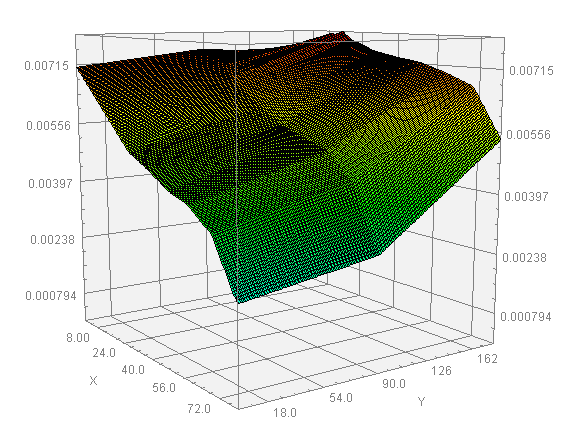
Applications
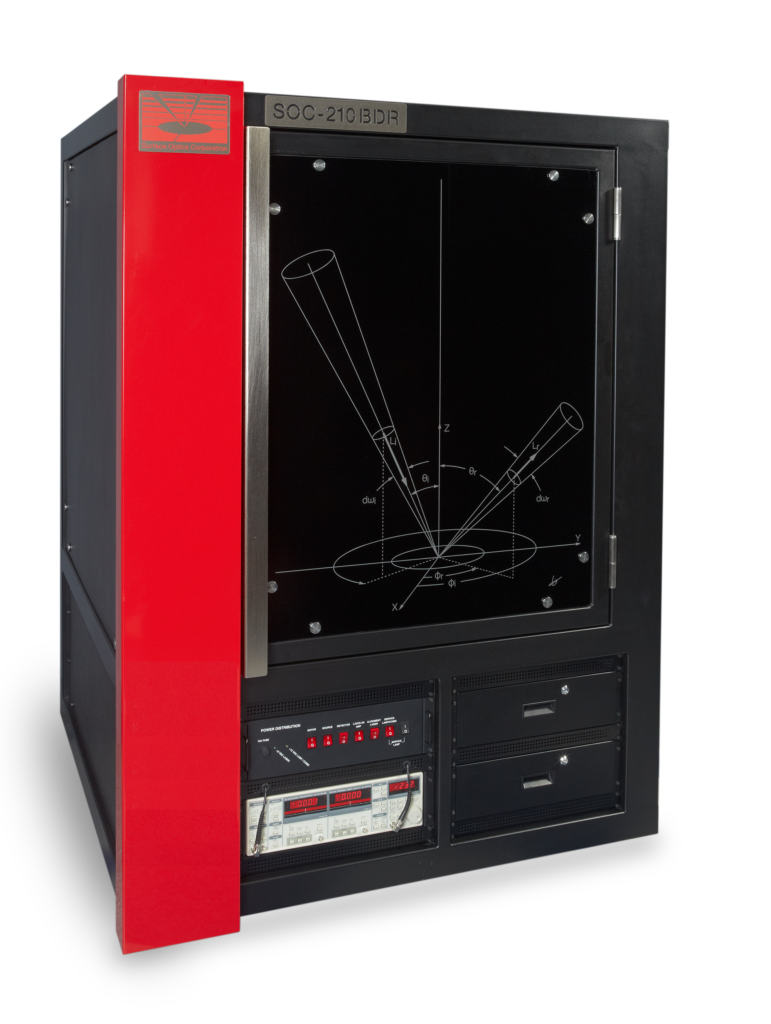
Instrumentation
- Broad band source for continuous BRDF spectral coverage from 3.0 to 112 mm.
- Detectors and bandpass filters are provided to measure the BRDF to a noise floor of <10-3 sr-1 over the spectral range 3.0 to 12.0 mm.
- Horizontal sample mounting for measurement of samples, including powders and liquids.
- Repeatability to within 5% of the noise floor, with an accuracy of ~ 10% near-normal calibrated to a diffuse reflectance.
- Complete automation for all four goniometric coordinates (Θ and Φ, incident and reflected angles); automatically switching between the calibration reference and the sample.
- Integrated electronics and control station for processing, display, and storage the data.
How BRDF Works
The function used to describe the directional dependence of the reflected energy from a surface is the Bidirectional Reflectance Distribution Function (BRDF).
The BRDF is defined as the ratio of the reflected radiance (w-m-2 -sr-1 ) in a particular direction (θr ,φr) to the incident irradiance (w-m -2 ) from direction (θi , φi).

Other Information
- The normal sample size is one-inch diameter circular, and maximum size is 4 inches (2.54 cm) square.
- Ability to measure powders

